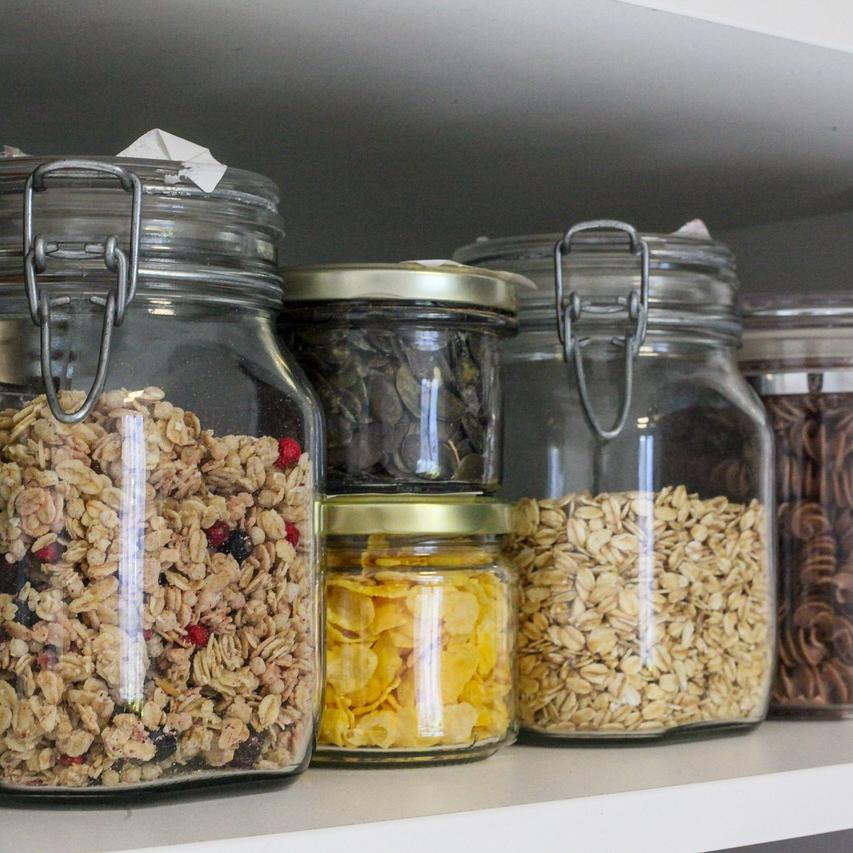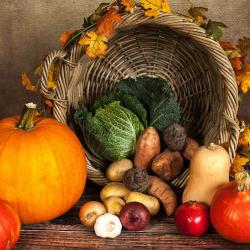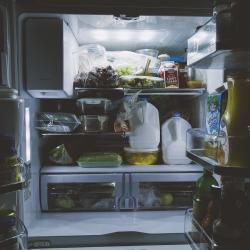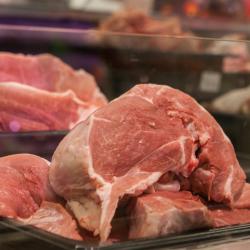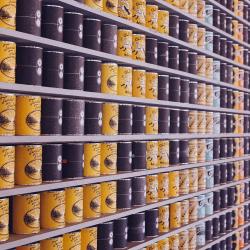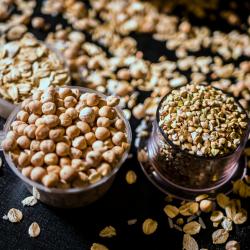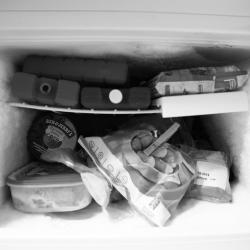How to Prevent Food Waste with Proper Storage Techniques
According to the United Nations, approximately one-third of the food produced for human consumption is wasted annually. This not only exacerbates food scarcity issues but also contributes to greenhouse gas emissions and unnecessary resource depletion. By implementing effective storage strategies, households can significantly reduce waste and save money, all while preserving food's nutritional value.
Understanding the Basics of Food Storage
Before diving into specific techniques, it's essential to understand the core principles of food storage: temperature, humidity, and cleanliness. Each type of food has unique storage requirements, and recognizing these needs is the first step in minimizing waste.
-
Temperature: Most perishable foods should be stored at or below 40°F (4°C) to prevent the growth of harmful bacteria. Freezing extends the shelf life significantly, maintaining a constant temperature of 0°F (-18°C) or lower. However, not all foods are suitable for freezing, and it may alter the texture and taste for some items.
-
Humidity: Balancing humidity levels is vital, especially for fresh produce. Vegetables generally require higher humidity environments, while fruits need less moisture to prevent molding.
-
Cleanliness: Regularly cleaning storage areas, such as the refrigerator, pantry, and freezer, prevents contamination and ensures a longer shelf life for stored items.
Techniques for Storing Different Types of Food
Fresh Produce
-
Fruits and Vegetables: Separate fruits and vegetables, as fruits emit ethylene gas that can hasten the ripening and spoiling of vegetables. Use perforated bags for vegetables to maintain humidity without trapping excess moisture. Leafy greens can be stored with a paper towel to absorb excess moisture and prevent wilting.
-
Herbs: Herbs like cilantro and parsley last longer when stems are submerged in water, covered loosely with a plastic bag, and refrigerated. Others, like basil, are better kept at room temperature, treated like a bouquet.
Dairy and Eggs
-
Milk and Dairy: Store milk and dairy products on refrigerator shelves rather than the door, where temperatures fluctuate more. Keep cheese wrapped in wax paper followed by a loose plastic wrap to allow it to breathe while staying moist.
-
Eggs: Store eggs in their original carton in the coldest part of the refrigerator for optimal freshness.
Meat, Poultry, and Seafood
-
Proper Wrapping: Ensure meat, poultry, and seafood are tightly wrapped to prevent exposure to air and subsequent freezer burn. Vacuum sealing is an excellent option for prolonging freshness.
-
Positioning: Store these items on the lowest shelf to prevent drips and cross-contamination.
Grains and Bread
-
Pasta, Rice, and Grains: Store dry goods in airtight containers in a cool, dark place to prevent pest infestations and preserve quality.
-
Bread: Loaves can be kept at room temperature for short-term use but should be frozen for longer storage, sliced beforehand to allow ease of access.
Additional Tips for Reducing Food Waste
-
First In, First Out (FIFO): Regularly rotate stored foods and use older products first to prevent spoilage.
-
Labeling: Clearly label containers with the date of storage to track freshness and prioritize use.
-
Portion Control: Freeze individual portions of cooked meals or ingredients, making it easy to defrost exactly what you need.
-
Smart Shopping: Plan meals and create shopping lists to avoid overbuying, which often leads to surplus and spoilage.
-
Composting: For unavoidable waste, composting provides a sustainable disposal method that enriches garden soil and reduces landfill contributions.
Conclusion
Proper food storage is a simple yet powerful tool in the fight against food waste. By understanding the specific needs of various food items and implementing strategic storage solutions, households can extend the usability of their groceries, save money, and contribute positively to environmental preservation. As awareness around food waste continues to grow, embracing these techniques can lead to a more sustainable and efficient approach to daily living.
